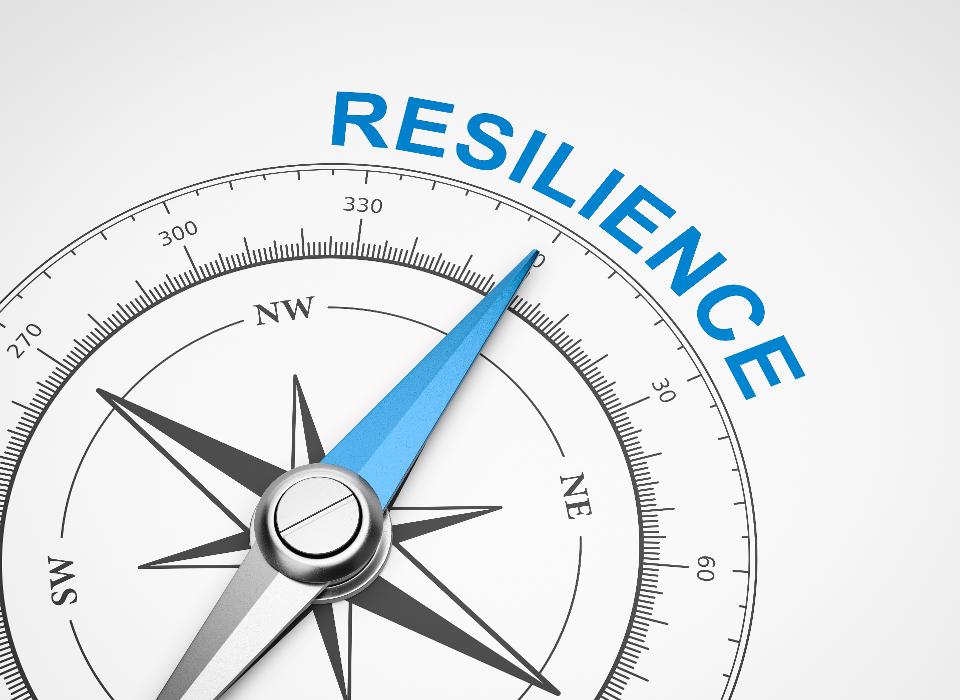Month: February 2014
Thinking About the Grit-Transformational Resiliency Connection
As a lifelong educator, researcher on resiliency development, empowerer of humans, and believer in the power of resiliency, I sugest that when we speak of “Grit” we must consider that it is our collective responsibility to strive at all levels of our educational communities to provide environments for students that are calm, supportive, encouraging, thoughtful, and planned, which provide opportunities for students to ignite their latent capabilities to be resilient.
I have begun to bring forth the conceptual idea of “Transformational Resiliency” which denotes just this, a purposefully designed environment where students are afforded the opportunities to be resilient, develop responsibility, and build positive relationships with others. When we as educators come to understand that it is a moral imperative to provide students with such environments we have taken the first step towards transforming each teaching opportunity. When we decide that it is important for us to expect and provide each and every teacher with the tools to craft these types of environments we further the notion of not only equity for students, but our belief that above teaching students, we are teaching human beings.
Some might argue that this is an impossible task, however, I would argue that this task is absolutely achievable, and in fact, is an absolute necessity in order for our students to actually develop, grow in peace, and enhance their personal abilities and capabilities. We must remember, for so many children who have experienced trauma, live in difficult family situations, or are marginalized by poverty, etc., we must understand that they are more than likely not lacking “grit,” Children who have survived so many difficulties, who persevere each day, who actually make it to their classrooms actually may have more internal “grit” than most.
We must consider that It could be that these children actually have developed a very strong internal level of grit which has helped them to survive, yet may not have had an opportunity to tap their latent resiliency, to the degree that we would like to see.
I put forward the notion that no matter the socio-economic situation a school is located, no matter the content area of the teacher, no matter the life circumstances of the family that a child belongs to, and no matter the grade level or age of the child, it is absolutely essential for a teacher, all teachers, to consider the social-emotional health of his or her students, and then plan accordingly to indeed provide high rigor in the area of content development, and more importantly remember that one of the more important goals for each day’s lesson would be to focus on developing a student’s wellness to become a healthy human being.
As we strive to connect with students, we must strive to connect with their families. As we strive to support our students growth, we must recognize that it is first our growth that is important in structuring environments that are conducive to their success. As we strive to develop “Grit” in students, we must recognize that some of our children are actually “Grittier” than we can every imagine. As we strive to act to implement “Transformational Resiliency,” we must consider that as we ignite a student’s ability to be resilient they just might be overcoming adversities we have yet to see.
We can do this, together. We can assist all children to “Grow in Peace!”
@ResiliencyGuy
Grow in Peace!
Grow in Peace
Each moment that we are afforded an opportunity to educate, coach, raise, support, and build relationships with children, presents opportunties for us to support them in growing, developing, and becoming well-functioning individuals. As adults we collectively take on this responsibility not only to personnaly receive the benefits of providing service to children, but I also believe that we all hope that the children, in turn, will be able to become well-functioning citizens of our society, and one day return the favor to the greater good.
That being said, this opportunity to educate can be seen an an ominus task at hand for some, and should be seen a responsibility that cannot be lightly disregarded by all of us. For if we shy away from this responsibility we may forever lose this opportunity to support positive changes in the environments of the children we serve, and could miss out on an opportunity to support them through an approach of “Transformational Resiliency,” which in turn could limit their broadening horzions.
In a simple tweet I wrote, “@ResiliencyGuy: #Resiliency All students deserve the opportunity to grow in peace. Calm, nurturing environments that support Transformational Resiliency!”
Here’s more of what I meant by this tweet: We, as educators, teachers, leaders, coaches, parents, have an individual and collective obligation to provide children environments, be they at school, on the playing field, at home, in our worship centers, etc., where they are given every chance to be able to grow, learn, develop, and evolve, in peaceful arenas. It is a moral imperative to do so, not jst a good idea!
These peaceful arenas should be places where: shame does not exist, planned learning is consciously thought out, sponatneous learning is recognized for it’s importance, thoughtful secure risk-taking opportunities are provided, multi-modal learning opportunities are contagious, and where, respect, ethics, integrity, compassion, and caring are modeled and expected from each person within the environment. If we strive to create these places, and include children in the development of these peaceful places in a thoughtful, calm, nurtuting manner we are in fact supporting “Transformational Resiliency.”
If each of us considers the need to consciously think of the environments that we provide to our children, and to take the time to create these environments that are supportive of childrens’ growth, then we truly are working towards building environments that support “Transformational Resiliency.”
On the same night in a #TLAP (Teach LIke a Pirate) chat I wrote, “@ResiliencyGuy: When anxiety is high for the young brain learning becomes more difficult, remember zone of proximal development, grow in peace.”
If we are careless in our planning, if we are lacking in thoughtfulness in our actions, if we fail to consider the needs of our children as we try to create positive environments, we run the risk of misaligning all of our teaching and our goals for our children with places that do not provide calm, nurturing environments, and where anxiety within students may prevail. Now, none of us desire to create places that do not provide a secure location for children to prosper and grow, so we all must work, ever vigilant, to create supportive environments that all of our children deserve!
Let’s work on this: All students deserve the opportunity to grow in peace. Calm, nurturing environments that support Transformational Resiliency!
Follow me on twitter @ResiliencyGuy

